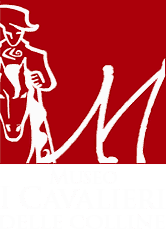San Gavino
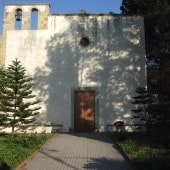
parish church of SAN GAVINO
This old parish church is located in a female monastery. The church dates to the early 14th century, probably to 1347, as reads an inscription in the apse.
More...
The church’s square main body is covered with a rib-vault roof. The external façade has a flat top; a small oculus and the bell tower in the upper right margin are the only decorative elements visible on the outside. In the apse area human figures are sculpted: they might have been some members of the Judicate of Arborea.
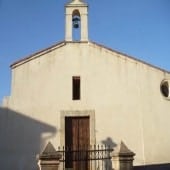
CHurch of the holy cross
It was the seat of the brotherhood bearing the same name, devoted to funerary celebrations and to the celebrations for the Holy Week.
More...
The 16th-century building has a single, barrel vault nave supported by some arches. Inside it houses some 18th and 19th-century fine quality simulacra.
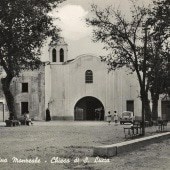
CHurch of saint lucy
This medieval church was under the administration of different religious orders. In addition, it was built in different stages, the last of which dating to the 18th century. Sided by a small bell tower, the façade presents a double-inflection end at the top. A cloister with five arches is annexed to the church.
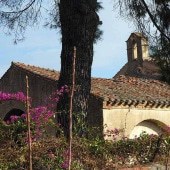
CHurch of SAiNT SEVERA
This probably Byzantine church was rebuilt in the 15th century. The map presents a main body divided into three naves, covered with wooden beams. The small bell-gable is the only decorative element of the facade.
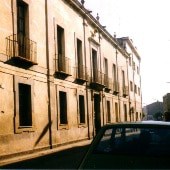
PALAZZO ORRÙ DI SAN RAIMONDO
This building was the residence of Don Francesco Giacomo Orrù, a descendant of the feudal lords of Sardara.
More...
Its aesthetic features remind the façade of the family’s feudal palace in Sardara, inspired by the latest changes in the Piedmontese rococo style. In addition, the façade is marked by regular full-height pilasters, whereas the windows are framed within a ionic cornice with small side dentils.
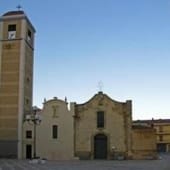
PARish church of SANTA CHIARA
Ordained as a parish church between 1574 and 1584, in this church the late-Gothic architectural style was used. The bell tower dating to 1632 was shifted to the opposite side of the facade in 1937.
More...
Architecture
The planimetry of this church presents a Latin cross plan, with a single nave divided into four bays on each side, presenting a total of eight chapels, two of which correspond to the transept. They were realized in the 18th century together with the choir, covered with a barrel vault and designed by the Piedmontese military designer Giacinto Marciotti.
The wooden roof of the church is supported by ogival arches, distributed along the main body. The presbytery is covered with a Gothic rib-vault, a style which other decorative elements of the side chapels have in common. Around the mid 20th century, layers of paint covered the frescoes painted in the walls and in the main body of the church.
Decorations and furnishings
The façade is topped by a double volute finial; in its lower part the portal can be found, to whose position vertically correspond a high window and a niche. The decorative style of the façade and of the portal can be referred to the Piedmontese Rococo.
Among the sacred furnishings, a remarkable marble altar of the late 18th century was realized by the Italian artists Domenico and Santino Franco; a collection of Rococo simulacra is also part of the church’s furnishings. On the backside of the altar, fragments of a 16th-century retable of Iberian inspiration were found; following a careful restoration, such artwork was relocated inside the church.

POLO MUSEALE MASULLAS
More...
...allodiale, con la prerogativa di successione anche per linea femminile e l’esercizio in sede giurisdizionale del mero et mixto imperio, che concede il potere di amministrare la giustizia sia nel civile che nel criminale.In ogni curatoria o baronia appartenente al Marchesato vengono istituite le curie baronali e sono nominati i diversi giudici. Le cause sono spesso di natura fiscale, altre riguardano fatti criminali. L’amministrazione della giustizia feudale risulta però confusa e arbitraria: curie senza archivi ordinati, personale dotato di scarsa preparazione, corruzione e connivenza con i bandos organizzati, carceri ridotte al solo ceppo e in locali molto ristretti.
Masullas, oltre alle milizie, ospita in questi locali la curia baronale con le relative carceri.
Nel 1564, per fermare lo strapotere dei baroni nell’amministrazione della giustizia, il sovrano spagnolo Filippo II istituisce il tribunale della Reale Udienza, che giudica in appello sulle cause tra vassalli, villaggi e feudatari.
A farne parte sono letrados esperti in materie giuridiche. L’incarico più importante all’interno della magistratura è il Reggente della Reale Cancelleria, coadiuvato da altri giudici, come l’Avvocato Fiscale.
In seguito alla richiesta degli Stamenti nel Parlamento, nel 1651 viene istituita la Sala Criminale della Reale Udienza, con competenza sulle cause di natura penale.
Il ruolo che la Reale Udienza assume nel corso del periodo spagnolo non è meramente giuridico, poiché essa col tempo diventa un organo consiliare che supporta i viceré nel governo del Regno.
Info
Ex Convento dei Cappuccini
Via Cappuccini, 57
09090 MASULLAS (OR)
Sardegna
Italia
coopilchiostro@tiscali.it
Collegamenti
- Atti amministrativi
- Termini e condizioni
- Privacy Policy
- Cookie Policy
- CEAS
Newsletter
Iscriviti alla nostra newsletter per rimanere aggiornato sugli eventi del polo museale del comune di Masullas
SOSTEGNO PUBBLICO
PROGETTO NEOLITHIC PARK 3D
CUP: E78D17000220007
Bando CultureLab “Sostegno finanziario alle imprese del settore culturale e creativo per lo sviluppo di progetti culturali innovativi”

